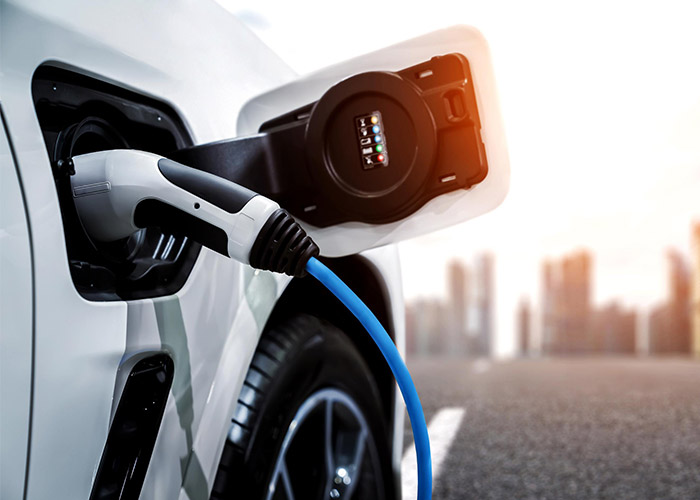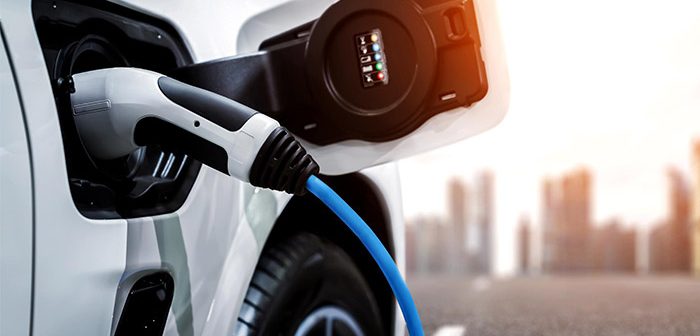
Australian National University (ANU) researchers have published a study showing how a fleet of electric vehicles pumped power into the energy during a major weather event.
The report, Vehicle-to-Grid Response to a Frequency Contingency in a National Grid – Successes and Shortcomings, written by Bjorn Sturmberg, Kathryn Lucas-Healey, Laura Jones, Lahiru Hapuarachchi, and Justus van Biljon, and now available on the Research Square website, is the first comprehensive study of a vehicle-to-grid response in an emergency.
“It shows electric vehicles can provide the backup we need in an emergency,” said lead author and Senior Research Fellow Dr Bjorn Sturmberg. “The February weather event, caused by storms in Victoria, was the first real-world test of our vehicles and chargers. We now know a vehicle-to-grid system can work. At the time, 16 electric vehicles were plugged in at properties across Canberra. Four were charging, while 12 were idle. These vehicles quickly stopped charging and, within seconds, started discharging power into the grid, as they’d been programmed to do.”
“In total, they provided 107 kilowatts of support to the national grid,” he said. “To put that in perspective, 105,000 vehicles responding in this way would fully cover the backup required for the whole of the ACT and NSW. For context, there were just under 100,000 EVs sold in Australia last year.”
ANU tracks a fleet of 51 electric vehicles in Canberra and monitors the grid whenever they are recharging. The cars can quickly inject short bursts of power to rebalance the system if the national grid rapidly loses power. However, Sturmberg said there is still work to be done to balance the growing demand for vehicle charging with grid security.
“With the number of electric vehicles on our roads growing fast, the grid won’t be able to cope with everyone charging at the same time when they get home in the evening,” he said. “Additionally, in the case of the February emergency, once the vehicles had provided power for ten minutes, some resumed charging by default. In this kind of situation, there would be little cost or inconvenience in delaying charging for an hour or two.”
“It may call for an industry adjustment, for instance, to require electric vehicle manufacturers to program their vehicles to stop charging during a grid emergency, with an option for drivers to override for urgent charging. Stopping just 6,000 EVs charging would have kept the power on for those 90,000 customers whose power was cut. Our results show that vehicle-to-grid can be a powerful contributor to our power system’s security and that all-electric vehicles have an important role to play.”






